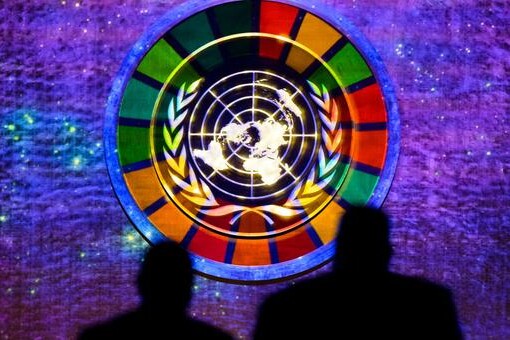South-South cooperation is unity among people and countries of the developing world, known as the global South, which contributes to national well-being, collective self-reliance and achieving the global goals.
“South-South and triangular cooperation are critical for developing countries to mitigate and adapt to climate disruption, address the global health crisis, including COVID-19 recovery, and achieve all 17 Sustainable Development Goals (SDGs),” underscored Secretary-General António Guterres.
Share solutions
Given the post-pandemic scenario, the political-economic crisis caused by the war in Ukraine, and climate change, developing countries – with the support of partners in the North, international financial institutions, the private sector, think tanks and others – must strengthen South-South and triangular cooperation.
The UN chief stressed the importance of Southern-led development solutions being shared “far and wide”.
“South-South and triangular cooperation must play an ever-increasing role in resolving our common challenges”.

©FAO/Andrea Galdamez
Children across El Salvador are learning what it means to have a healthy diet thanks to the Sustainable Schools methodology, developed as part of a South-South and Triangular Cooperation initiative.
Bridging inequalities
But that does not absolve wealthier States of their responsibilities to work constructively with the developing world, “especially to reduce growing inequalities between and within nations,” Mr. Guterres flagged.
In commemorating the day, he encouraged “all nations and communities to redouble cooperation and build bridges to achieve an equitable and sustainable future for all”.
“South-South and triangular cooperation must have a central place in our preparations for a strong recovery,” said the Secretary-General.
“We will need the full contributions and cooperation of the global South to build more resilient economies and societies and implement the Sustainable Development Goals”.
Rich history of cooperation
The UN history of South-South cooperation dates back to 1949 with the establishment of the first technical aid programme by the Economic and Social Council and the creation of the UN Development Programme (UNDP) in 1965.
Subsequently, in 1978, the conference of the Global South in Buenos Aires, resulted in one of the main pillars for South-South cooperation: the Buenos Aires Plan of Action for Promoting and Implementing Technical Cooperation among Developing Countries.
Later, in 2009, at the High-Level UN Conference on South-South Cooperation in Kenya, the Nairobi outcome document highlighted the roles that national Governments, regional entities and UN agencies have to play in supporting and implementing South-South and triangular cooperation.
Finally, in 2013 the UN Office for South-South Cooperation (UNOSSC) as we know it today came into being.
After the adoption of the 2030 Agenda for Sustainable Development in 2015, the General Assembly decided one year later to convene a second high-level UN Conference on South-South Cooperation, on the 40th anniversary of the adoption of the Buenos Aires Plan of Action.
The 2022 high-level commemoration of the UN Day for South-South Cooperation in Bangkok, Thailand, celebrates and reflects on the advocacy and commitment of contributing to urgent development solutions.





